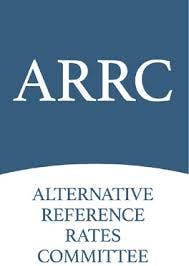LIBOR Resource Center

LIBOR Resource Center
GFOA Releases Advisory on LIBOR Transition
GFOA's Executive Board approved an Advisory on March 5, 2021.
Understanding SOFR Calculations
For existing LIBOR contracts, state and local governments should review the applicable contract documents to ensure the document provisions contain sufficient language to enable the contracts to perform as intended after LIBOR ceases to be published or reference a new benchmark, such as SOFR.
LIBOR References in Bank Loan or Privately Placed Debt Contracts
Together with several industry associations, GFOA has published a simple how-to for GFOA members unwinding their LIBOR-referenced bank loan contracts.
LIBOR and the ISDA Protocol Top Ten
Ten questions you have about the ISDA Protocol but didn’t know how to ask.
On the Hunt for LIBOR
This resources explains where to find your exposure and what to do about it. It is a quick and easy guide to help you determine some of the more common areas governments could experience LIBOR exposure.
Issuer FAQ for LIBOR Transition
GFOA staff answers several common questions from governments on the LIBOR transition.

ISDA Resource: Benchmark Reform and the Transition from LIBOR
This page will be updated on a regular basis as relevant information becomes available globally and will serve as the central repository for information from ISDA relating to financial benchmark reform and the transition from LIBOR.








